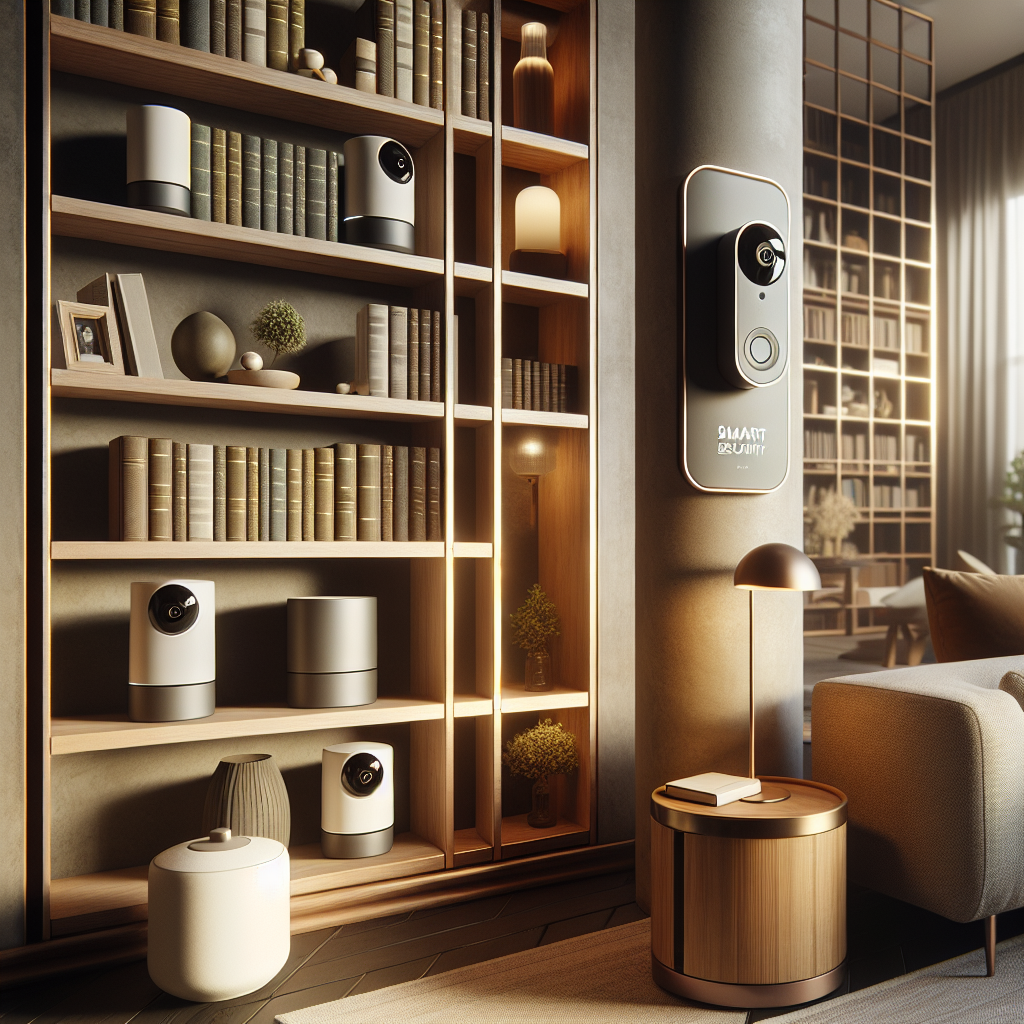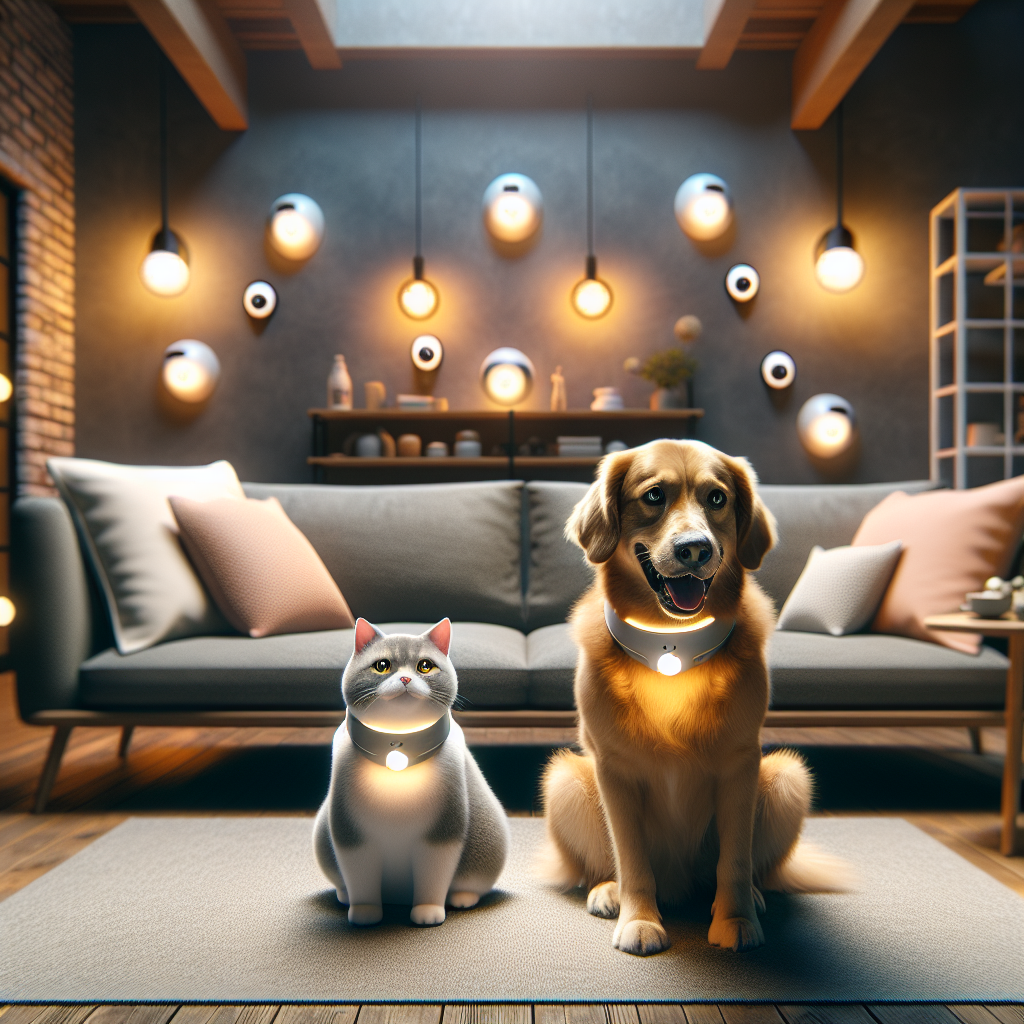When it comes to selling your home, creating a neutral and depersonalized space is essential to appeal to potential buyers. While your home may hold cherished memories and personal touches, depersonalizing it can help buyers envision themselves living there. In this guide, we’ll explore tips and tricks for depersonalizing your home to maximize its appeal and increase your chances of a successful sale.
Why Depersonalization Matters
Depersonalizing your home involves removing personal items and decor that reflect your individual taste and style. While these items may be meaningful to you, they can be distracting to buyers and make it difficult for them to imagine themselves living in the space. Depersonalization creates a blank canvas that allows buyers to envision their own belongings and lifestyle in the home, making it more appealing and increasing the likelihood of a sale.
Tips for Depersonalizing Your Home
1. Remove Personal Items
Start by removing personal items such as family photos, diplomas, and personal collections from prominent display areas. Pack these items away in storage boxes to create a clean and clutter-free environment that allows buyers to focus on the features of the home rather than your personal belongings.
2. Declutter and Simplify
Next, declutter and simplify the space by removing excess furniture, knick-knacks, and other unnecessary items. This will make the rooms appear larger and more spacious, which is appealing to potential buyers. Consider renting a storage unit to temporarily store items that you don’t need during the selling process.
3. Stick to Neutral Colors
When it comes to paint colors, furniture, and decor, stick to neutral tones such as white, beige, or light gray. Neutral colors create a calming and inviting environment that appeals to a wide range of buyers and allows them to envision their own style and decor preferences in the space.
4. Minimize Personalization
Avoid decorating with overly personal or unique items that may not appeal to a broad audience. Instead, opt for timeless and universally appealing decor that will appeal to the majority of buyers. Keep in mind that less is often more when it comes to staging your home for sale.
The Benefits of Depersonalization
Depersonalizing your home offers several benefits when it comes to selling your property:
- Increased Buyer Appeal: A neutral and depersonalized space is more appealing to a wider range of buyers, increasing your chances of a successful sale.
- Quicker Sale: By allowing buyers to envision themselves living in the space, depersonalization can help your home sell more quickly.
- Higher Offers: Homes that are depersonalized and staged tend to receive higher offers than those that are not.
Conclusion
Depersonalizing your home is a critical step in the selling process that can greatly impact the success of your sale. By creating a neutral and inviting environment, you can attract more buyers, sell your home more quickly, and ultimately achieve a higher sale price. Whether you’re selling your home on your own or working with a real estate agent, taking the time to depersonalize your space is well worth the effort. With these tips and tricks, you’ll be well on your way to selling your property quickly and for top dollar.



